
New research says the family twice tried to obtain US immigration visas but were thwarted by red tape
The family of the diarist Anne Frank twice tried to obtain US immigration visas but were thwarted by red tape, according to a new report published 76 years after they were forced into hiding in Nazi-occupied Amsterdam.
The report, issued by the Anne Frank House and the US Holocaust Memorial Museum in Washington, details the challenges faced by Jewish families looking to escape the anti-semitic Nazi grip on Europe and negotiate anti-refugee sentiment then building in the United States.
Gertjan Broek, a researcher at the Anne Frank House, and Rebecca Erbelding from the USHMM wrote in their report that Otto Frank, Anne's father, began seeking ways to escape to the US as early as 1938. At the time, the US had no specific refugee policy, but enforced quotas based on national origin.
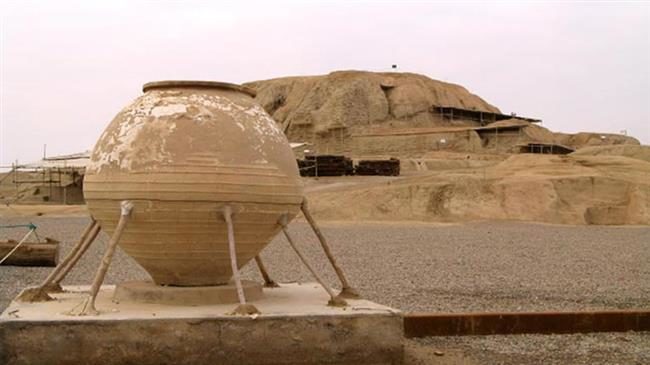
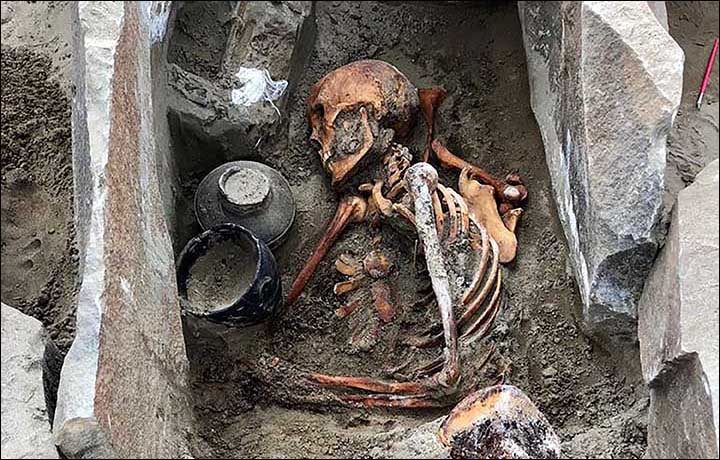


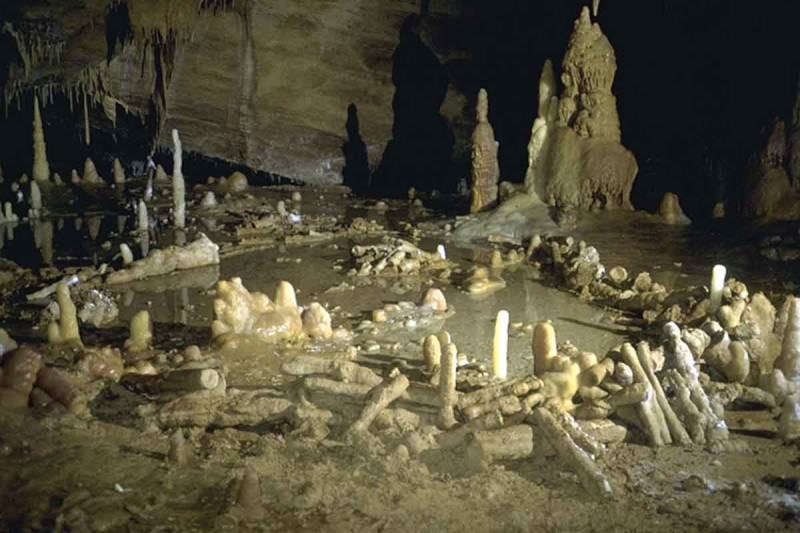
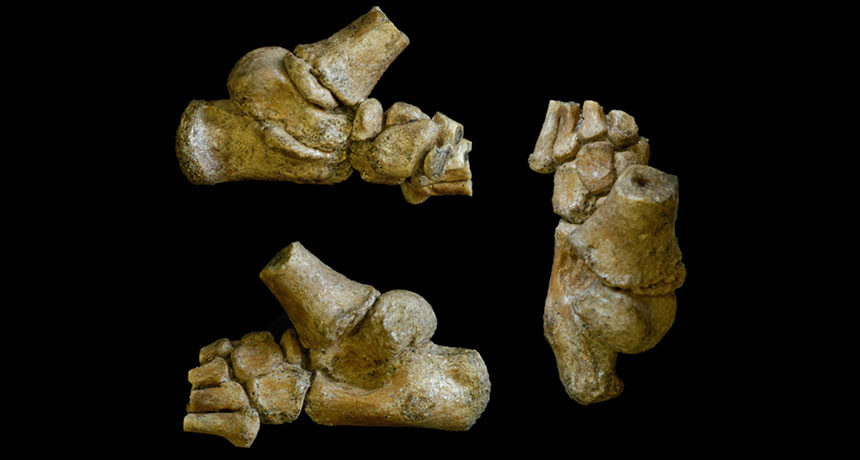

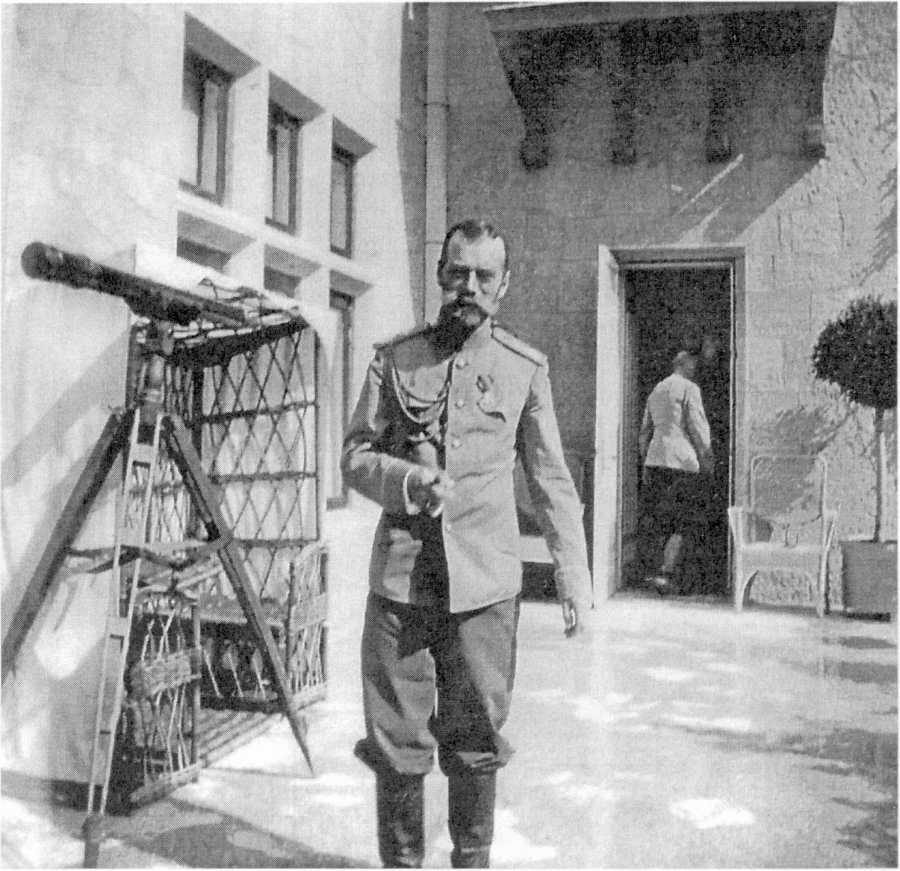
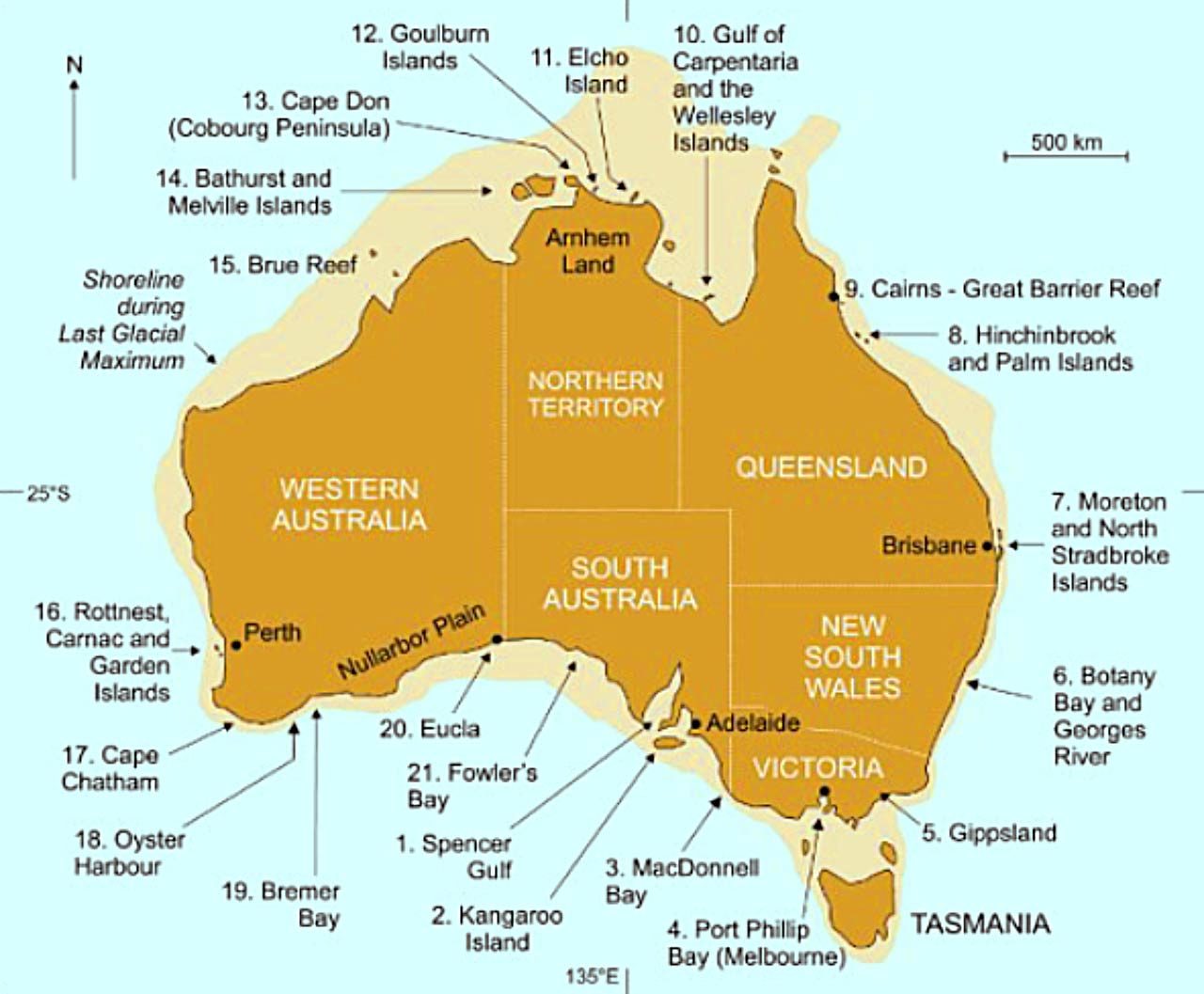




Comment: It's likely no coincidence that this story is coming out now, given the fierce immigration debate currently dominating the headlines. Whether the comparison of Anne Frank's situation to the current one is fair, we'll leave up to the reader.
See also: